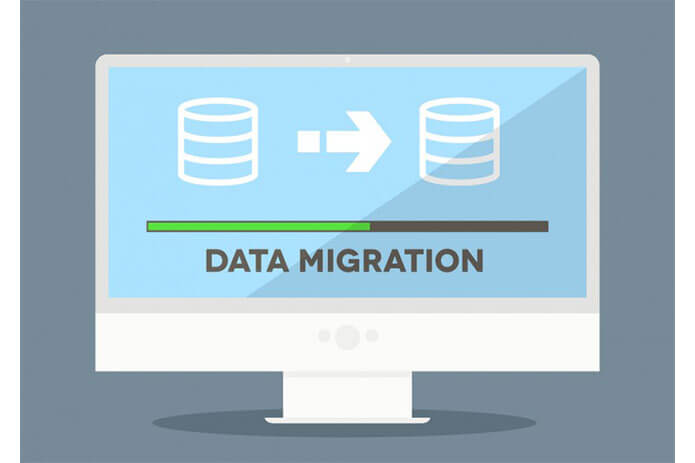As a business grows, its strategies and technology needs change. This often dictates that migration from one tool to another becomes necessary, and this is particularly critical with a CMDB. A CMDB integration with other tools and processes means migrating can become far more complicated if there’s not clarity to the migration priorities.
The primary elements to be analyzed when migrating a CMDB are:
- Tool/Technology integrations
- Process Integrations
- Architecture & Model Compatibility
- Data Quality
The level of effort needed to address each of these areas will vary significantly depending on process maturity levels and on how long the CMDB has been in place. The age of the current CMDB will also likely correlate to the expected resistance from individuals to the migration to a new platform.
Tool/Technology integrations
CMDB technology integrations are some of the most straight forward to analyze, as they should be the best documented and/or known. When analyzing them, it is critical to document and assess the following:
- The exchange and direction of information with external sources
- Frequency of exchange
- Content in the exchange, including the format
- Data manipulation; pre/post processing, concatenation, normalization, etc.
Process Integrations
Process integrations must be carefully assessed, but focus must stay on the areas where the CMDB is leveraged and/or impacted. Look at the process touch points where Configuration Management data are exchanged and ensure that differences in how the new platform interprets the data does not negatively impact process functionality. In addition, it’s imperative to evaluate new platform capabilities as a way to potentially enhance process activities.
Architecture & Model Compatibility
The most challenging aspect of the migration is likely to be the analysis of the different data models and architectures. Tool vendors design their data model and architecture in a manner that best suits their suite of tools, even if they begin with a common industry baseline. This exercise is time consuming and must be done in a very meticulous manner, as it is important to assess every element to determine if it is needed and if it has a place in the new platform. It is also important to ensure that the new CMDB uses and interprets the data the same way as the previous one. Simply because two CMDBs use the same terminology or named variables doesn’t mean that they are treated similarly across platforms.
Data Quality
To enable a successful migration, the quality and accuracy of the existing data must obviously be assessed. In fact, it’s very possible that poor data quality in the old CMDB instigated the migration. Given this historical context, it is clearly important to not migrate bad data. It’s preferable to begin with empty fields than to go live with a new CMDB filled with bad data; the initiative will instantly lose credibility if bad data is migrated.
Leverage tools to clean and normalize data that must be migrated, but is not yet at the necessary level of quality. In addition, do not migrate data just because it exists; instead make every effort to minimize the amount of data migrated. Base it only on utilization needs and process requirements, and take advantage of the opportunity to alleviate unnecessary data in the CMDB and migrate only what is vital to operations.
In Summary
Migrating to a new tool or technology is always a major effort, but risks can be significantly reduced when there is a clear understanding of what is important to the process.
- Evaluate effort from the four perspectives outlined above before venturing into the initiative.
- Determine what preliminary work might be possible, such as retiring old systems that are integrated with a current CMDB.
- Complete an in-place data quality enhancement before beginning your migration.
These efforts will help minimize the scope of work the migration will require and improve the likelihood of a successful CMDB migration. A migration can be an enormously complex undertaking, but this does mean it’s difficult; the right tools in the hands of experts can streamline and accelerate the process, and the impact of a quality-driven CMDB cannot be understated.
Blazent has developed a best practice CMDB migration methodology which is described in their white paper linked here. It takes into consideration, the ongoing maintenance and data quality, through a focus on completeness, accuracy and high relationship strength.
